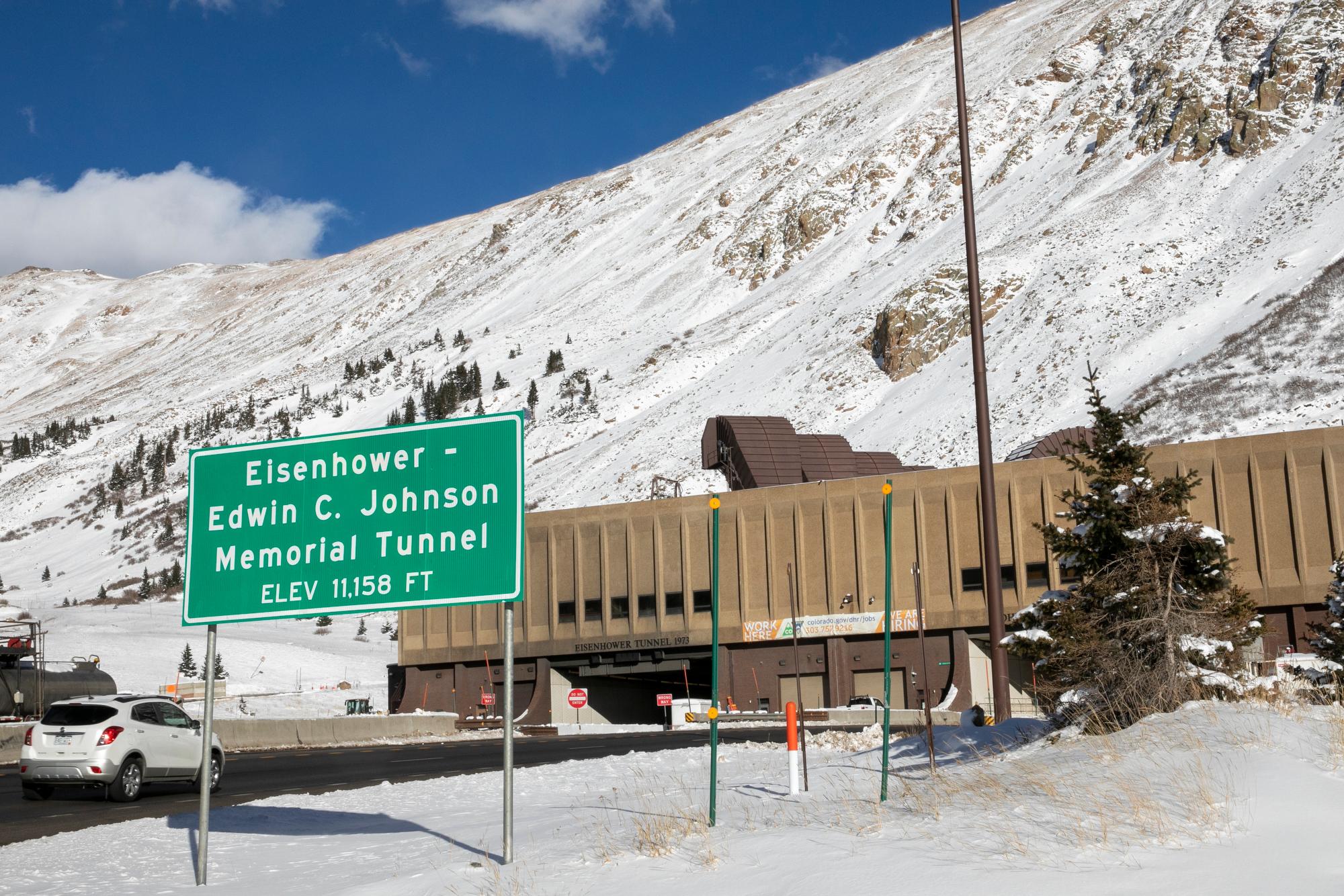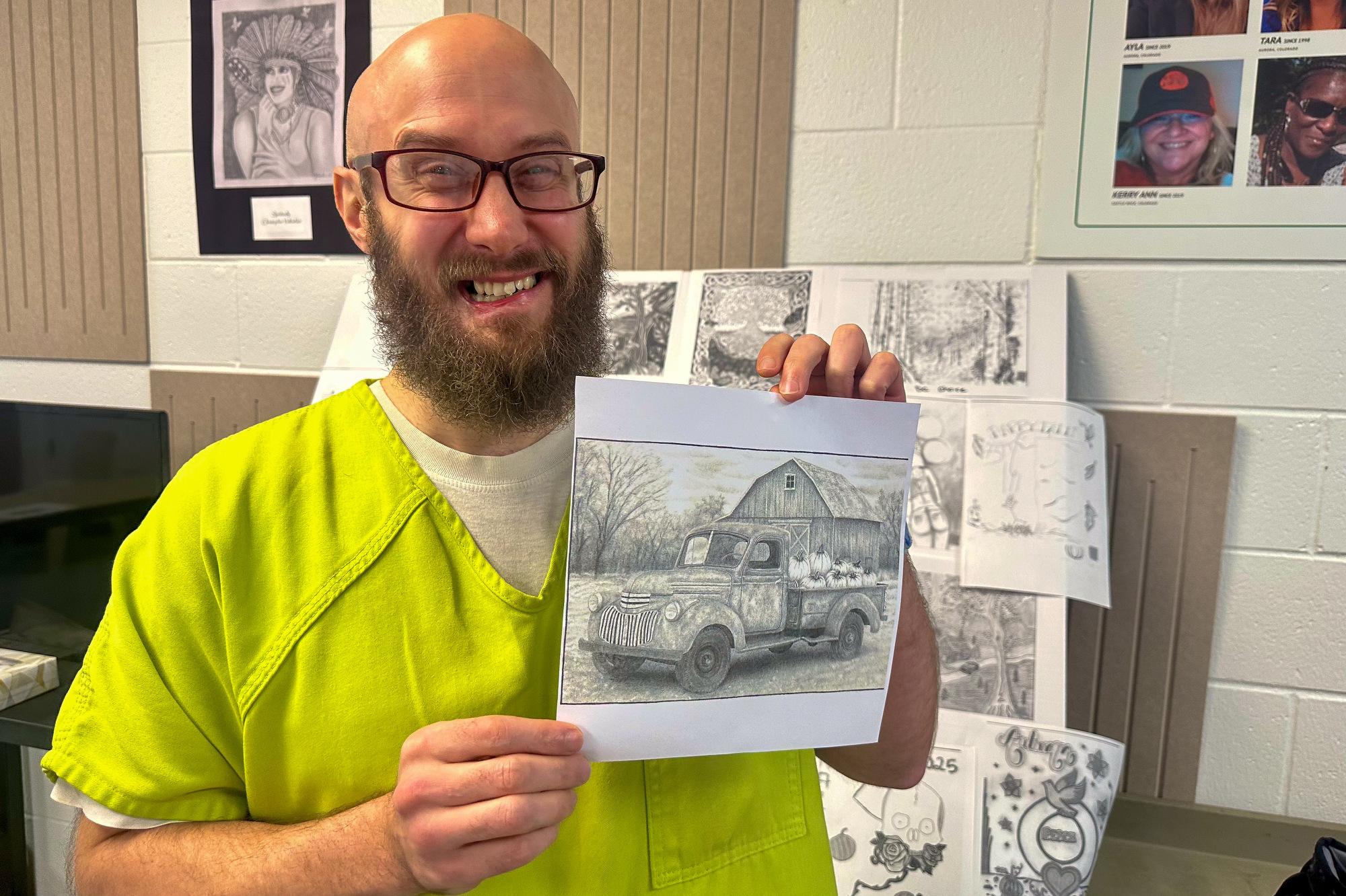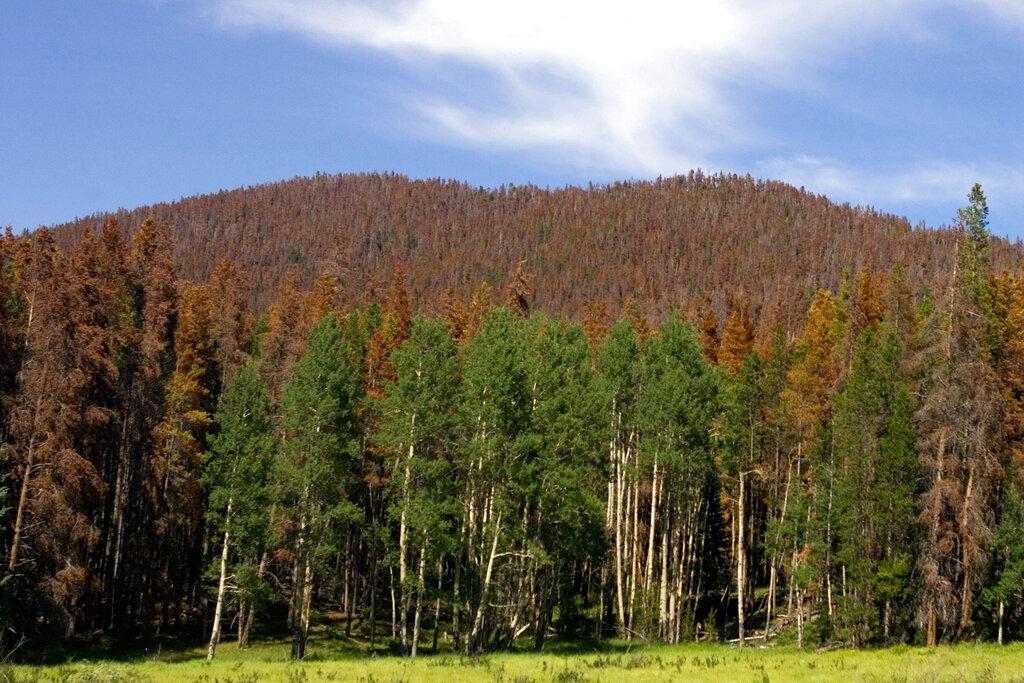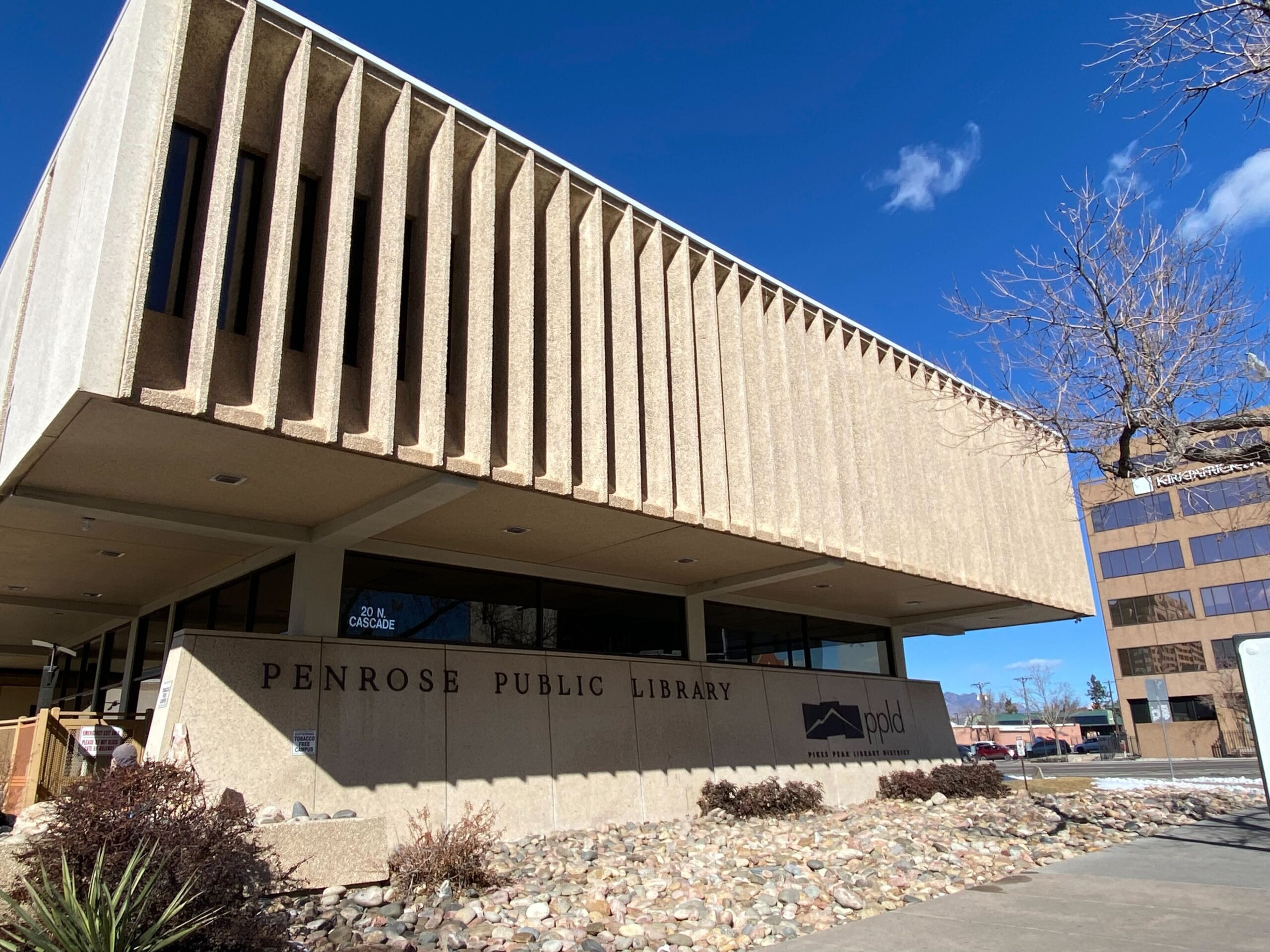
It’s been 50 years since a blast of dynamite signaled the start of the Straight Creek Tunnel, a project that would later become a vital corridor through the Rockies known as the Eisenhower-Johnson Memorial Tunnels.
In 1968, the project was a massive undertaking and resulted in the highest point on the US Interstate system, sitting at an elevation of more than 11,000 feet.
Lisa Schoch, a senior historian at the Colorado Department of Transportation, spoke to Colorado Matters about the tunnel’s history.
Five Things To Know About Tunnels
- Without the tunnels, the country’s Interstate system would not have gone through Western Colorado and would have abruptly stopped in Denver.
- Only one woman worked inside the tunnel during construction. Janet Bonnema, a University of Colorado grad, was hired by Colorado Department of Transportation officials who thought she was a man. When they discovered she was a woman, they almost didn’t let her work. But Bonnema filed a sexual discrimination lawsuit against the state and got the job.
- There’s a lot going on above drivers’ heads in the tunnel. Along with a fully staffed control center, there’s a ventilation system large enough to ride a bike through.
- Seven men died during the tunnel's construction but there have been no motorist fatalities since.
- The Johnson bore of the tunnel is not named after President Lyndon Johnson. It’s actually named after a former governor of Colorado, Edwin Johnson.









